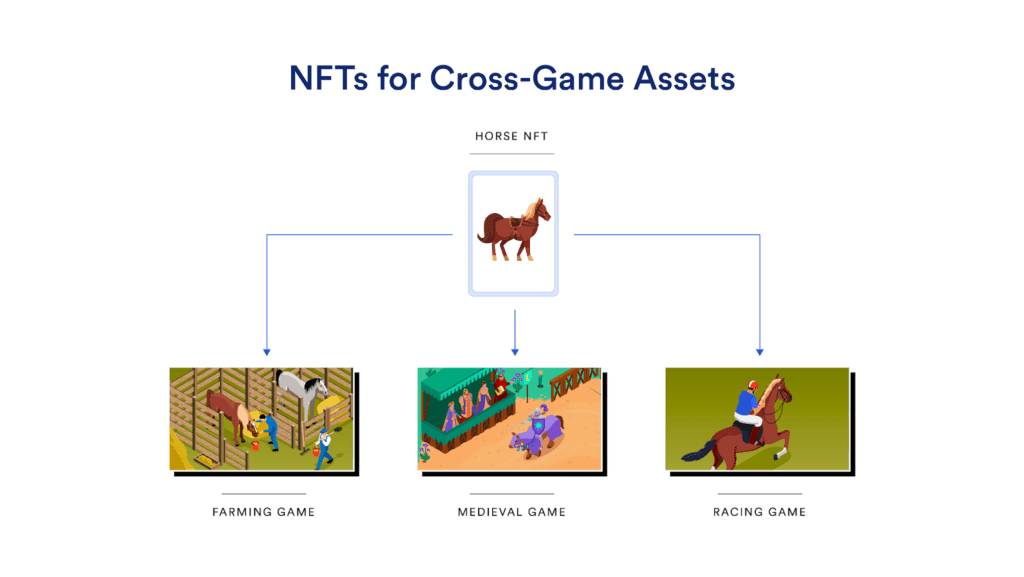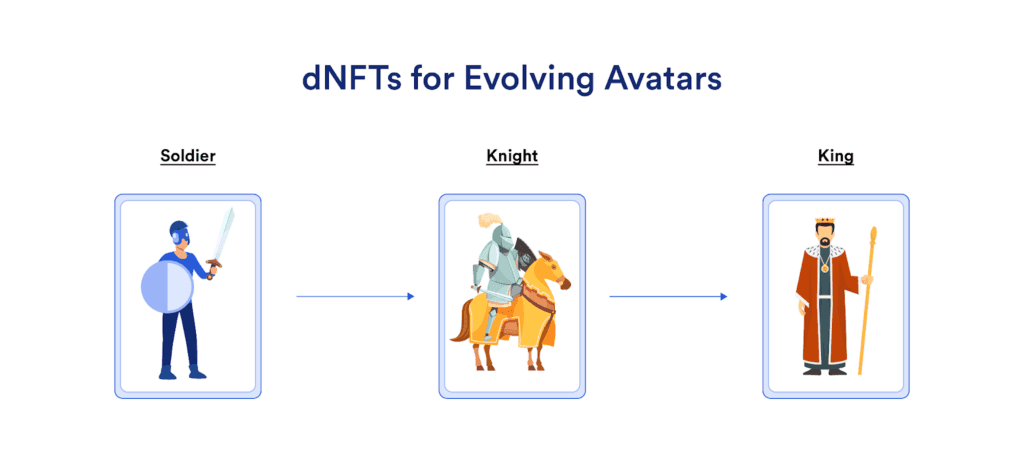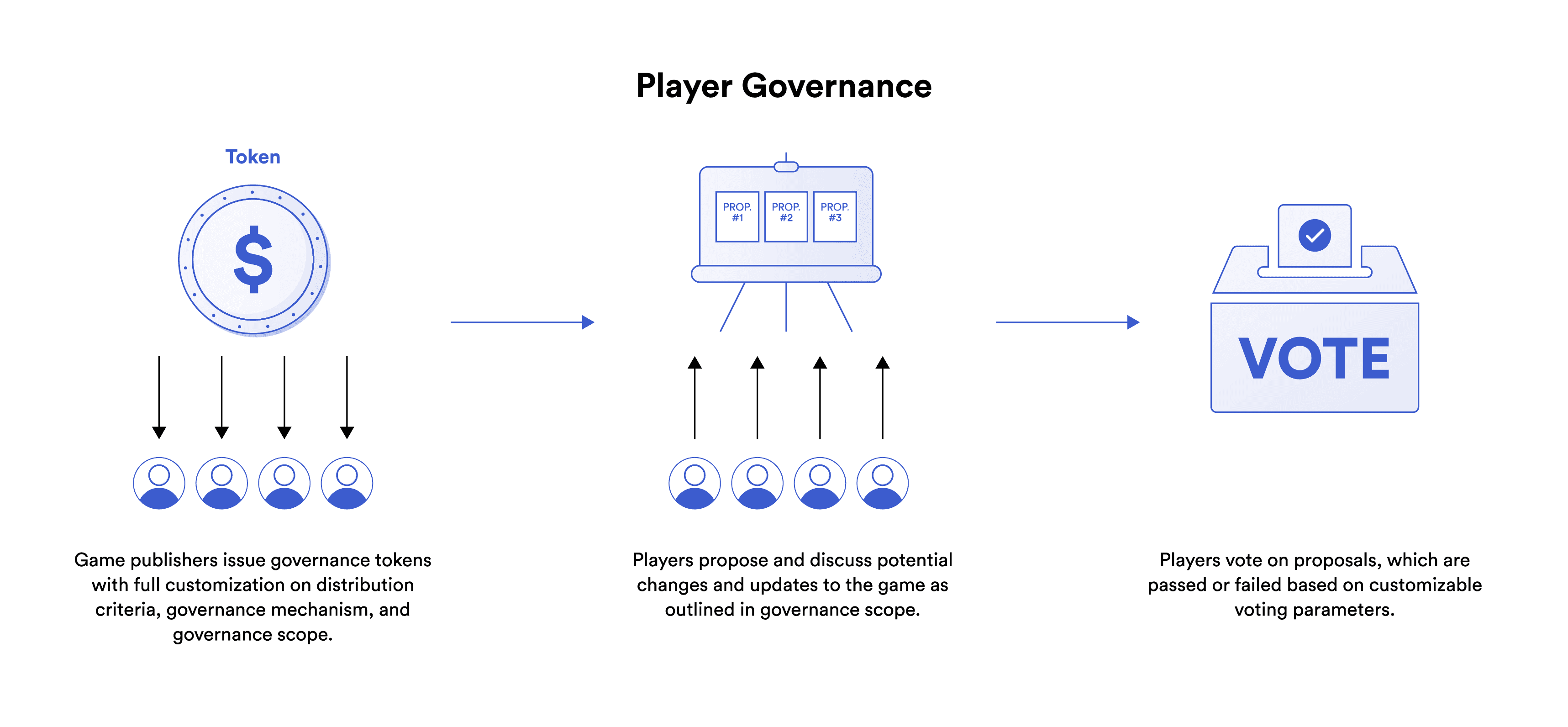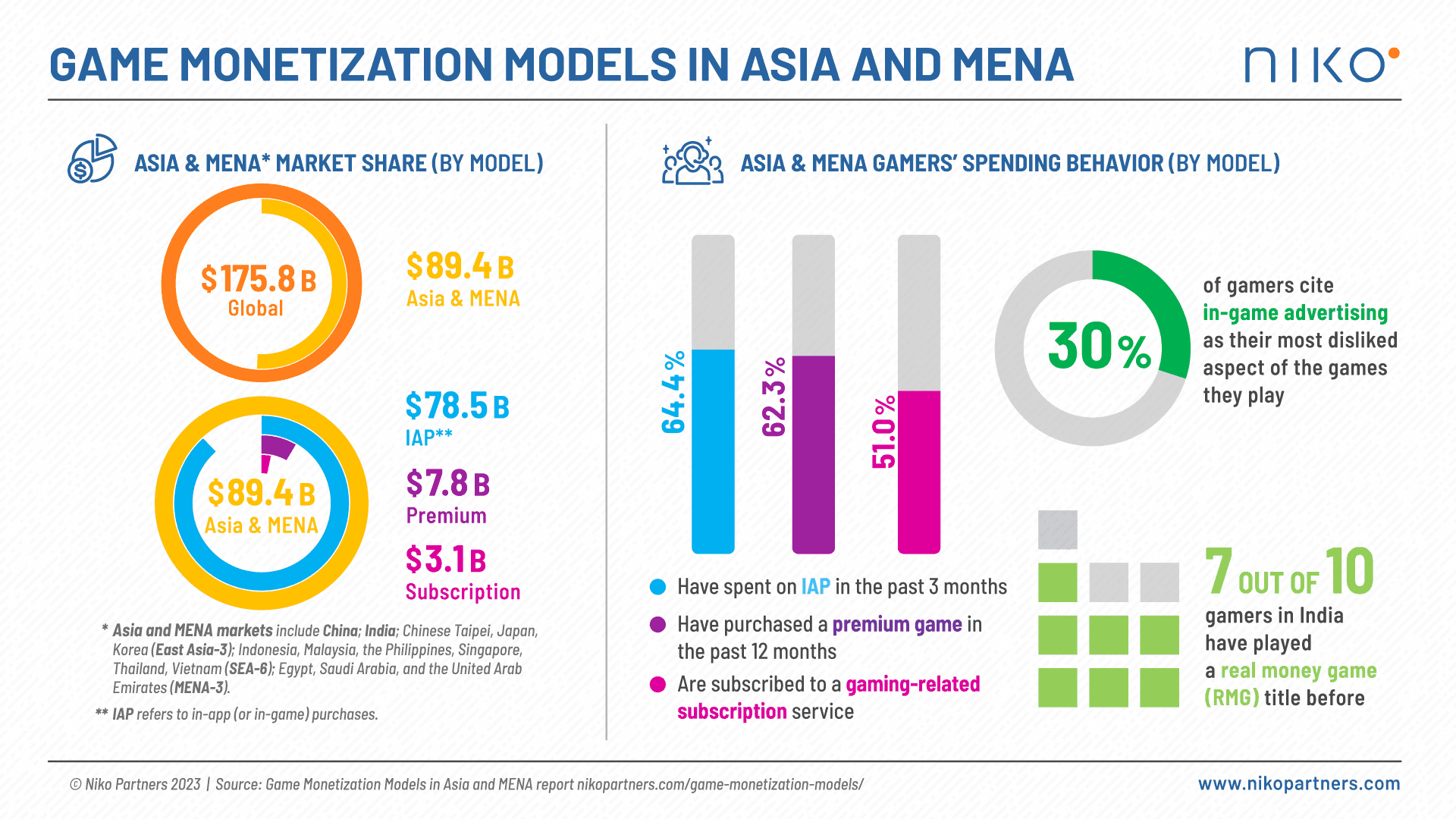The gaming industry is currently undergoing a significant transformation. Traditional models such as retail sales, free-to-play structures with microtransactions, and subscription services have dominated for years. However, the emergence of web3 technologies is creating new opportunities for developers to rethink monetization and engagement strategies. Blockchain innovations are not just technological experiments; they are introducing new relationships between players, developers, and digital economies.
By enabling true digital ownership, transparent economic systems, and decentralized community governance, web3 is offering models that align player satisfaction with financial incentives, something traditional systems often failed to achieve. in this article, we summarize a report by WARP - "How Web3 Can Supercharge Your Game's Monetization & Engagement" - breaking down the main findings.

How Web3 Enhances Game Monetization
Monetization via Web3
The need for change comes at a critical time. Developers face rising player acquisition costs and intensifying competition, while maintaining sustainable revenue streams grows increasingly difficult. Although web3 presents possible solutions to these challenges, successful integration requires a clear understanding of the technology’s strengths, limitations, and best practices. Exploring how web3 can reshape gaming monetization and engagement strategies reveals both the promise and the potential pitfalls of these emerging models.
Evolution of Play-to-Earn Models
The concept of play-to-earn (P2E) fundamentally alters the gaming economy by allowing players to extract real-world economic value from their time and skills. Unlike traditional gaming, where players often spend without financial return, P2E offers the possibility of earning through gameplay. Early examples such as Axie Infinity demonstrated the model’s potential, particularly in regions like the Philippines, where players earned meaningful income by participating in digital ecosystems.
Play-to-earn mechanics vary. Some games reward players with native tokens for completing objectives, while others allow asset farming, staking, or forming scholarship guilds that distribute earnings between asset owners and players. However, the initial surge in P2E popularity exposed critical flaws. Many early token economies suffered from inflation, where excessive token minting without sufficient sinks led to declining token values. In several cases, the lack of external value creation rendered P2E ecosystems unsustainable.
Recognizing these challenges, the industry is shifting from a pure play-to-earn model to a play-and-earn framework. In this evolved model, entertainment and engaging gameplay remain the primary focus, with economic rewards serving as an enhancement rather than a replacement. Sustainable P2E strategies involve balanced tokenomics, skill-based earning systems, dynamic reward algorithms, and creating tokens with real utility beyond speculation. Projects like Illuvium and Big Time illustrate how compelling gameplay combined with thoughtful economic design can create more resilient systems.

Gaming Tokens
NFT Economies and Player-Driven Worlds
Non-fungible tokens (NFTs) have evolved from simple digital collectibles to core components of player-driven gaming economies. NFTs in games introduce true digital ownership, where players genuinely own their assets independently of any single developer or platform. This innovation leads to asset permanence, cross-game utility, secondary markets for trading, and the potential for assets to appreciate in value based on their use and rarity.
Developers are now leveraging NFTs in more sophisticated ways. Dynamic NFTs evolve based on in-game activity, composable assets allow for crafting systems with real economic depth, and utility-focused NFTs provide gameplay advantages or access to exclusive content. Rarity economies, when implemented thoughtfully, create natural value hierarchies without locking out new players.

Tokenizing In-Game Assets (NFTs)
Fractionalized NFTs and Proof-of-Stake
Fractionalized NFTs are also becoming increasingly relevant. By enabling shared ownership of high-value assets, games open new accessibility paths for players with limited resources. This structure supports guild formation, enhances market liquidity, and allows players to diversify their investments across multiple assets. Games like Crypto Raiders and various virtual land projects demonstrate how fractional ownership can deepen community coordination and expand participation.
Despite their potential, NFT implementations must avoid common pitfalls. Projects that focus solely on scarcity or speculation without delivering genuine in-game value often fail. Additionally, concerns about blockchain energy consumption are prompting developers to adopt more sustainable technologies, such as c networks and layer-2 scaling solutions. Successful projects prioritize enhancing the core gameplay experience rather than relying solely on financial incentives.

dNFTs for Evolving Avatars
Decentralized Autonomous Organizations
One of the most transformative opportunities web3 introduces is the possibility of shifting governance power from developers to player communities. Decentralized Autonomous Organizations (DAOs) allow token holders to participate directly in decision-making processes, influencing everything from game development priorities to revenue distribution.
Community governance offers multiple advantages. Players can help set feature roadmaps, vote on balance adjustments, and guide treasury management, making the development process more transparent and aligned with player interests. This shared ownership model not only strengthens community bonds but also creates shared financial incentives between developers and players. Projects like Yield Guild Games (YGG) have successfully integrated DAO structures, providing valuable case studies for the broader industry.
Governance, Ownership and Community
Implementing effective governance requires thoughtful design. Many projects adopt progressive decentralization, starting with centralized control and gradually transferring authority as the community matures. Strategies like quadratic voting and the formation of specialized councils can mitigate risks associated with voter apathy and whale dominance. Off-chain discussions and clear delineations between community and developer responsibilities also contribute to more effective governance systems.
Ownership through governance fosters investment psychology, community belonging, and empowerment. However, challenges such as technical complexity, voter engagement, and the slower pace of decentralized decision-making must be addressed through accessible interfaces, education, and hybrid governance models.

Player Governance
New Revenue Models Enabled by Blockchain
Web3 technologies offer developers several new revenue streams beyond traditional game sales and microtransactions. One of the most immediate impacts comes from programmable royalties on secondary asset sales. Developers can earn ongoing revenue whenever players trade NFTs, capturing value from active economies rather than solely from initial purchases.
Marketplace dynamics also evolve significantly with web3. Decentralized exchanges allow peer-to-peer asset trading without developer intermediaries, lending protocols enable asset rentals, and derivatives markets offer new speculative opportunities. These mechanisms create more dynamic and efficient in-game economies, as seen in games like Star Atlas and Axie Infinity.

Axie Infinity IP
Increased Opportunities for Funding
Web3 also changes how games can be funded, Cambria is a great recent example - having raised a $1 million player prize pool. Initial NFT offerings, governance token sales, bonding curves, and liquidity bootstrapping auctions offer alternatives to traditional venture capital or publisher funding. These methods not only generate capital but also create early communities with a vested interest in the game's success.
Integration with decentralized finance (DeFi) opens additional possibilities. Game treasuries can earn yields, staking mechanisms can enhance engagement, and insurance protocols can provide security for player investments. Synthetic assets based on in-game performance create even more diverse economic interactions.
However, the sustainability of these new models depends on factors such as regulatory developments, technical improvements to scalability and usability, market maturation, and the establishment of interoperability standards across different games and platforms. Developers who plan for these challenges by building flexible and compliant systems will be better positioned to succeed in the evolving landscape.

Cambria Hits $1M+ Player-Funded Prize Pool
Best Practices for Integrating Web3 into Games
Successful integration of web3 into gaming requires a strategic and cautious approach. Many developers are adopting hybrid models, where web3 features are optional enhancements rather than mandatory requirements. This approach ensures that traditional players can enjoy the game without needing to interact with blockchain systems, while web3 enthusiasts can access additional features.
Technical solutions are critical. Developers must address scalability through layer-2 networks or sidechains (like Arbitrum), abstract gas fees to improve user experience, ensure seamless wallet integration, and prioritize smart contract security through rigorous auditing. Making blockchain interactions invisible or optional to the end-user can significantly enhance mainstream adoption.
Community building is equally important. Providing educational resources, maintaining transparent communication, rewarding contributions, and ensuring balanced governance structures are key to fostering strong, engaged player communities. Careful attention to these aspects can build trust and sustain growth over time.

Layer 2 Blockchains
The Future of Web3 Gaming
As web3 gaming continues to develop, several trends are likely to shape its future. The integration of artificial intelligence with blockchain assets could enable endlessly evolving game worlds personalized to each player. Interoperable identities may allow players to carry reputation, achievements, and assets across multiple games. Physical-digital asset bridges are creating new relationships between in-game items and real-world collectibles.
Institutional adoption is also on the horizon, as major publishers explore how to integrate web3 elements into mainstream titles. Regulatory frameworks are beginning to take shape, providing greater clarity for developers and investors. Over time, web3 features may become standard components in gaming, complementing traditional design rather than replacing it.
Ultimately, the shift introduced by web3 is not about abandoning traditional gaming practices. It is about expanding the possibilities of what games can offer and redefining the relationship between players, developers, and digital worlds. Thoughtful application of these technologies has the potential to create richer experiences and more sustainable business models for the future of the gaming industry.
Source: WARP




